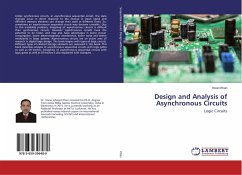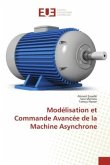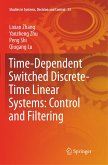The doubly-fed asynchronous generator (GADA) is popular in wind power plants for its speed variability, affordable cost and low power converter losses. This book focuses on the modeling and control of a wind power system using GADA. After modeling, the Maximum Power Recovery Technique (MPPT) is applied. To optimize aerodynamic efficiency, vector control with PI controllers is used, and nonlinear Backstepping control is introduced to deal with uncertainties. Simulations show good tracking, robustness to uncertainties and stability in the face of voltage drops. Implementation on the dSPACE 1104 control board confirms the robustness of Backstepping control. Finally, a control technique with direct power control (DPC) during a voltage drop is proposed, using the Backstepping controller to maintain the grid connection and contribute to voltage recovery. Based on the GADA mathematical model, this approach demonstrates its effectiveness in maintaining wind system stability during disturbances.
Bitte wählen Sie Ihr Anliegen aus.
Rechnungen
Retourenschein anfordern
Bestellstatus
Storno









